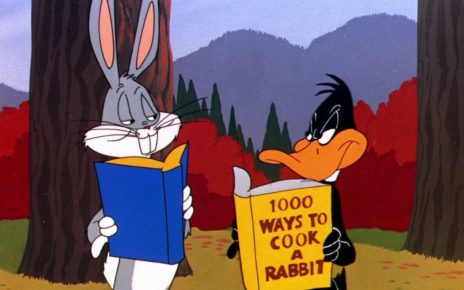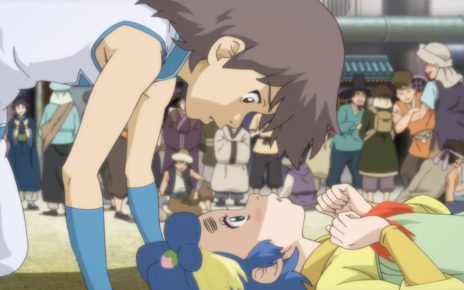Mystery, history, adventure, and most importantly hope. These themes twist and turn through the plot of Pachamama—which premieres on Netflix Friday, June 7—just as the roads through the Andes Mountains twist and turn ahead of the film’s main characters, Tepulpaï and Naira. Their story combines the classic hero’s journey with a timeless coming-of-age tale, all gorgeously brought to life with vibrant colors and a lively soundtrack. Featuring a unique blend of animation techniques, Pachamama competed for a César Award this past February and with its release this week, represents an exciting addition to Netflix’s growing stable of animated children’s programming.
“Pachamama is not trying to teach a lesson or give an explanation,” director Juan Antín told The Dot and Line when we caught up with him over the phone. “In the end, what the characters receive is love, respect for the Earth, and gratitude. And those values form the core of the film, along with the pre-Columbian culture of South America. ” Here’s everything else he had to say about the making of the film and why his team used ancient instruments and wild animation techniques to make Pachamama pop.
The Dot and Line: So what was your inspiration for this movie?
Juan Antín: The inspiration was the pre-Columbian culture of South America. Most of the film is inspired by that, and the conquests that came after. I’m passionate about the conquests, the Inca, all that. With Pachamama I wanted to give an accurate representation of the Andean culture of South America, I think it’s really cool.
D+L: The art style was so unique! How was it developed?
Antín: All the animation is 3D, but then all the backgrounds are 2D. I love all kinds of animation, I love stop-motion animation a lot, and I kind of wanted to emulate that look in the film. The look of 3D animation is too digital, you know? So we used all kind of techniques and textures, watercolor, different colors, all inspired by pre-Columbian art and the style of the time. Pachamama is [Andean goddess of] the Earth, so we wanted it to look more natural.
D+L: How about the characters?
Antín: Tepulpaï is a dreamer, that’s the character right there. He’s brave and reckless. Naira is more like, the cool girl. She thinks things through, you know? They learn from each other along the way, and there’s definitely an evolution for all the characters.
We used a 2000-year-old flute from Peru, and an 800-year-old ocarina.
D+L: The soundtrack is so perfectly fit to each scene, how did you achieve that?
Antín: We spent many years of research on the music and art of pre-Columbian times, but the fact is we can’t know exactly what it sounded like, because there’s no recordings! So we had to just be inspired by the ancient instruments.
We used a 2000-year-old flute from Peru, and an 800-year-old ocarina. Our musician, Paul Hamon, had a collection of these ancient instruments, and we just got really inspired by them. We don’t use orchestral sounds until the Spaniards arrive, to introduce tension. It’s an evolution. We wanted to have the music develop in a natural way with the characters and the narrative.
D+L: The way that you portrayed the villians was fascinating, what was the thinking behind that?
Antín: I didn’t want people to picture a perfect world during the Incan time. It wasn’t fair, you know? I wanted it to be more complex than that. History’s more complex than that. Back then, there were also people who wanted more power and more land. The Inca were an empire, but when the Spaniards came, they destroyed everything, so even an empire can fall.
In an early version of Pachamama, I actually had a character, a very interesting character who was like a good guy on the side of the Spaniards.
D+L: So really blurring the lines between good and evil, in a sense?
Antín: Yeah, absolutely, because he was a priest who was very kind, and tried to help Tepulpaï.
D+L: What do you want people to take away from this film?
Antín: I was trying to give a message of hope. Obviously the conquests of South America didn’t end well, but I didn’t want people to walk out of this movie thinking “that’s not right.” I wanted the audience to walk out feeling happy and in harmony with nature. Everyone knows history, and that this isn’t exactly how it turns out, but I wanted them to feel happy in the moment, even if it’s just for a small victory.
Thanks for reading The Dot and Line, where we talk about animation of all kinds. Don’t forget to follow us on Twitter and sign up for our newsletter.





